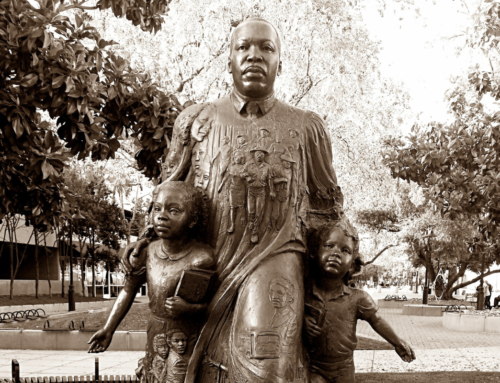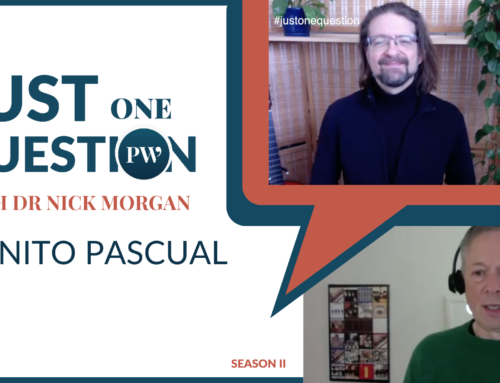A lot of ink and electrons have been spilled (if that’s the word) on storytelling. Surprisingly little of it is helpful. How do you tell a good story? The advice varies, from useful-sounding stuff like, include the telling detail to focus on what you know. The best book on storytelling is one about myth, Joseph Campbell’s The Hero with a Thousand Faces. It’s an exploration of the power of the quest in our culture.
But even Campbell doesn’t tell you how to structure a story. How do you put together a narrative so that people will want to listen to it? Better yet, how do you keep them on the edge of their seats?
Here’s how. A good story has three elements. Call them plot points if you like. Three things have to happen in a story in order to make it interesting.
First, there has to be an incident that gets things started. It has to be an irrevocable incident — something that, when done, can’t be undone. Most great stories in our literature, movies, and plays start with a meeting. Once two people meet, they can’t ‘unmeet’. Another way to go is to subject the hero to some event that suddenly thrusts her out of her usual world into a new (and typically dangerous) place. One of my favorites — I forget the story — was very simple. The heroine returned from some ordinary activity only to find a note that said Don’t go home. That’s a great starter, because it raises the stakes and a thousand questions.
Second, there has to be a further incident that raises the stakes. Romeo and Juliet meet and fall in love. Great. But then they get married, secretly. Suddenly the stakes are raised, because in that era a marriage was final. And now the feud between the two families will find unbearable tension in their joining. Exciting stuff. We want to find out how they’re going to manage it.
Finally, there has to be a third incident that brings about a showdown of some sort involving at least one of the main characters. In Romeo and Juliet, Romeo duels with and kills Tybalt, a young man from the other clan, and this leads to a showdown — either Romeo stays and faces murder one, or he flees.
That third incident then precipitates the rest of the story. We want to know, how will Romeo resolve this dilemma? And how will Juliet react? The great stories reveal the true characters of their heroes in these moments. Both Juliet and Romeo kill themselves when they believe that the other is dead. That’s why they are icons of true love forever in our culture.
That’s all there is to good storytelling — 3 crucial incidents. It’s that simple. And that hard: the art is in picking the right incidents. Craft them cleverly and you will be a storytelling master.








Leave A Comment